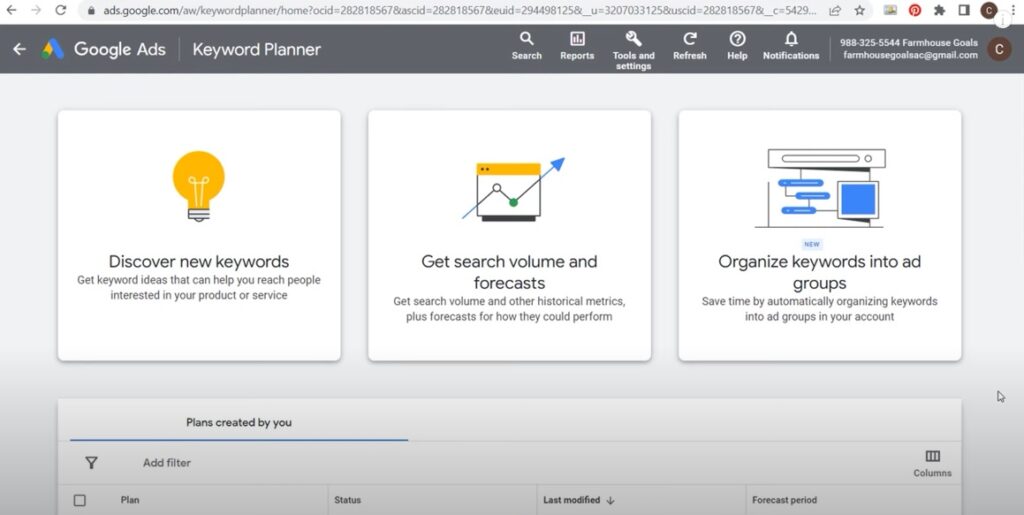
Voice search is becoming increasingly popular among consumers, with the rise of virtual assistants like Siri, Alexa, and Google Assistant. As more people use voice search to find information, it’s becoming essential for businesses to optimize their content for this type of search. In this ultimate guide, we’ll explore how you can optimize your content for voice search and stay ahead of the competition.
Understanding Voice Search
Voice search is the process of using voice commands to search for information on the internet. Instead of typing a query into a search engine, users can speak their search terms aloud to a virtual assistant like Siri, Alexa, or Google Assistant. Voice search is becoming more popular because it is faster and more convenient than typing.
Optimizing Your Content for Voice Search
1. Use Natural Language: When optimizing your content for voice search, it’s important to use natural language. People tend to use more conversational language when speaking than when typing, so it’s important to use language that sounds natural when spoken aloud.
2. Focus on Long-Tail Keywords: Long-tail keywords are more specific and have less competition than broad keywords. They are also more likely to be used in voice search queries. When creating content, focus on long-tail keywords that are relevant to your business.
3. Answer Questions: People tend to use voice search to ask questions, so it’s important to create content that answers those questions. Use tools like Answer the Public to identify common questions related to your industry and create content that addresses those questions.
4. Create FAQ Pages: Another way to optimize your content for voice search is to create FAQ pages. FAQ pages are a great way to address common questions related to your business and provide valuable information to users.
5. Use Schema Markup: Schema markup is a type of structured data that helps search engines understand the content of your website. Using schema markup can improve your website’s visibility in search engine results pages (SERPs) and make it easier for virtual assistants to find the information they need.
6. Optimize for Local Search: Many voice search queries are related to local search. To optimize your content for local search, include your location in your content and use local keywords.
7. Use Conversational Tone: When optimizing your content for voice search, it’s important to use a conversational tone. Write your content as if you are having a conversation with the user.
8. Use Mobile-Friendly Design: Many voice searches are conducted on mobile devices. To ensure that your content is optimized for mobile, use a mobile-friendly design and make sure your website loads quickly on mobile devices.
9. Use Audio and Video Content: Audio and video content can be a great way to optimize your content for voice search. Use podcasts, webinars, and other types of audio and video content to provide valuable information to users.
10. Monitor Your Results: Finally, it’s important to monitor your results and adjust your strategy accordingly. Use tools like Google Analytics and Google Search Console to track your website’s performance in search engine results pages (SERPs) and identify areas for improvement.
Optimizing your content for voice search is becoming increasingly important as more people use virtual assistants to search for information. By using natural language, focusing on long-tail keywords, answering questions, creating FAQ pages, using schema markup, optimizing for local search, using a conversational tone, using mobile-friendly design, using audio and video content, and monitoring your results, you can stay ahead of the competition and provide valuable information to users. Follow the tips outlined in this guide and optimize your content for voice search to improve your website’s visibility and attract more traffic.





